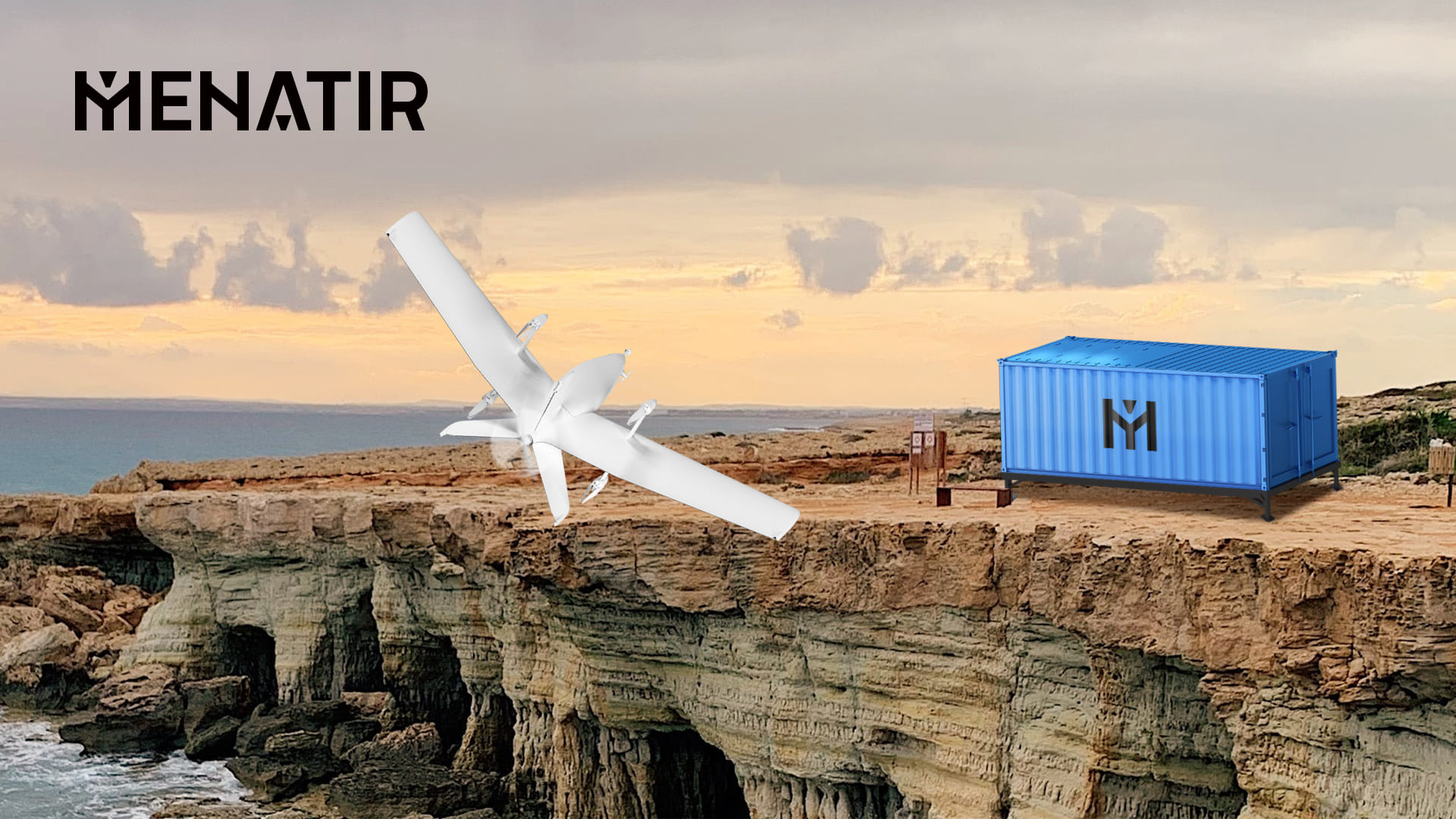The rapid development of digital technologies in recent years has transformed many business sectors. Digitalization has accelerated business growth and, in some cases, completely changed approaches to working with clients. The digital revolution has had perhaps the greatest impact on the travel business.
Over the past decades, along with the geography of travel, customer service requirements have grown significantly. Since customer preferences have always been a key factor in the development of tourism, there is an urgent need to constantly innovate to improve the user experience.
One of them is the use of unmanned aerial vehicles. In our new article, we analyze the role of UAVs in the digitalization of tourism.
The role of technology in the implementation of the smart tourism concept
There are almost no segments of the travel business that are not affected by digitalization today. Technological developments and advances have already transformed the way people search, plan, and book travel, and continue to change the user experience of tourists at all stages. Quarantine restrictions related to the COVID-19 pandemic have also played a role in the rapid development of digital technologies: from the need to limit the number of people to the introduction of secure self-service solutions and the reduction of contacts, etc.
Thus, according to Data Appeal Company, almost 49% of bookings in the hospitality industry are made online today, and this figure is expected to increase to 74% by 2026. The company also notes that a quarter of all bookings are made via smartphone.
The term smart tourism is used to describe the changes that have taken place in the tourism industry in recent years.
Smart tourism is a concept based on the constant and systematic use of smart technologies to create additional value for the tourist experience for users. The introduction of digital technologies allows not only simplifies and speeds up certain tourism processes and procedures but also increases the competitiveness of the industry, ensuring its sustainable development and integration into society and the economy.
The main smart technologies used in smart tourism today include:
– Big Data – for analyzing a large amount of data generated from various sources, such as social networks, websites, etc.
The information obtained allows optimizing the development of tourism products and marketing strategies for their promotion: gaining insight into consumer preferences and behavior, improving and personalizing the customer experience, improving pricing, and maximizing profits.
– IoT (Internet of Things) – to create an interconnected network of devices and sensors that collect and exchange data in real-time. This helps to improve navigation, manage the flow of visitors and waiting times, and monitor weather conditions, hazards, pollution, etc.
– AI (Artificial Intelligence) – to create chatbots, virtual assistants, and other computer systems that help plan trips, improve travel operations, and enhance customer service.
It can be used to provide personalized recommendations, automate routine tasks related to ticketing, booking, and customer service, forecast demand, and improve the overall customer experience.
– VR/AR (Virtual and Augmented Reality) – to provide an exciting and interesting interactive experience for tourists and the opportunity to immerse themselves in a virtual environment: creating VR/AR tours, interactive guides and guides, extreme types of recreation without repetition in real life, improving exhibits in museums and immersive advertising campaigns.
– Blockchain – to ensure the security of travel payment transactions, reduce fraud risks, and support sustainable tourism.
Blockchain technologies enable transaction management, secure storage, and tracking of information on reservations, ticket sales, tourist identity verification, etc.
– Development of mobile applications for quick information search, access to maps, accommodation booking, and other travel services.
Smart technologies combine innovation, marketing, and data management. For example, the combination of AI and Big Data technologies makes tourism management more accurate and efficient. Contactless solutions, developments in robotics and autonomous vehicles, check-in/check-out, payment/booking, and ordering services and experiences through apps are all part of the smart tourism concept. All of them are designed to make the user experience of tourists pleasant and exciting, develop new tourist destinations, and ensure a comfortable stay. UAVs play an important role in this process.
How UAVs help develop smart tourism technologies
The use of unmanned aerial vehicles in the tourism industry can improve the visitor experience, ensure their safety, and provide aerial photography of attractions. The information about the earth's surface and objects on it that UAVs collect from the air is a necessary component for the integration of smart technologies and their successful application in the tourism industry.
For example, the photo and video materials obtained with the help of UAVs can be used to create accurate 3D copies of landmarks, virtual tours using VR/AR technologies, and promote tourist destinations.
Drones can also provide access to hard-to-reach or dangerous places. This will allow for the development of adventure tourism without exposing tourists to danger. UAVs can also play an important role in inspecting and exploring such tourist attractions and objects as castles, palaces, museums, parks, etc.
However, the most progressive direction is the combination of smart technologies with the capabilities of unmanned aerial vehicles. Integration of digital solutions allows to improve the technical characteristics of UAVs, increase the efficiency of their management, and ensure complex interaction between aircraft to perform tasks with their help. In the tourism sector, this makes it possible to monitor crowded places in real time, manage crowds during mass events, increase tourist safety by preventing the impact of natural and natural disasters, and more.
The Menatir UAV networked aerial monitoring system was also developed by Culver Aviation using smart technologies. Here are the tasks it can perform for the tourism and hospitality industry.
